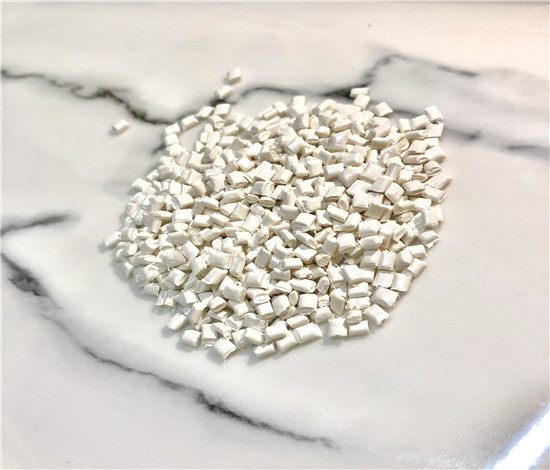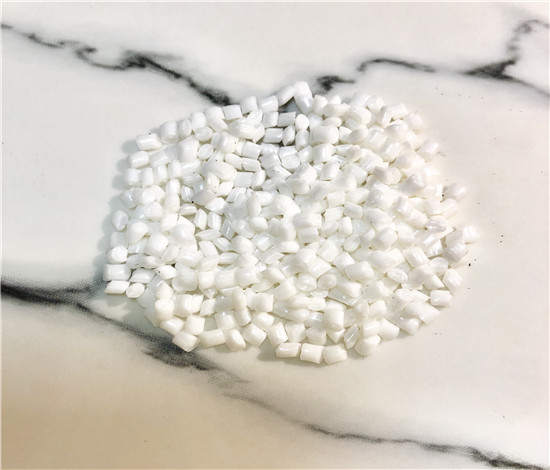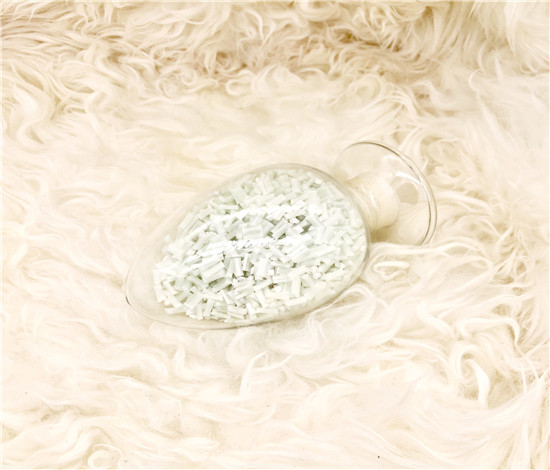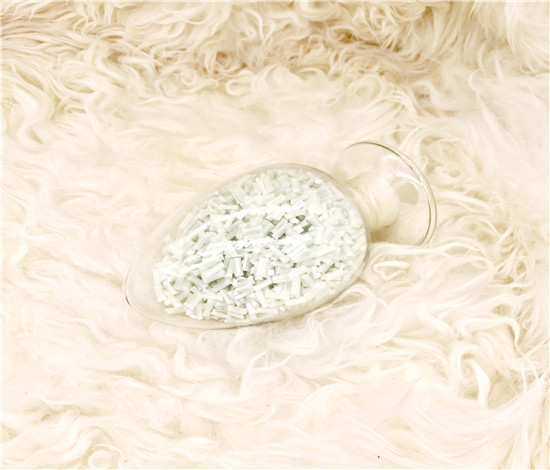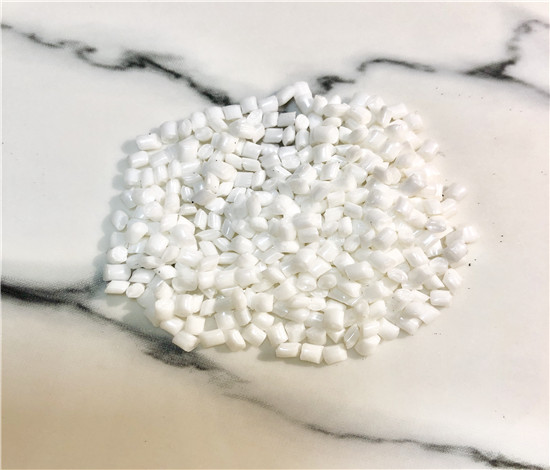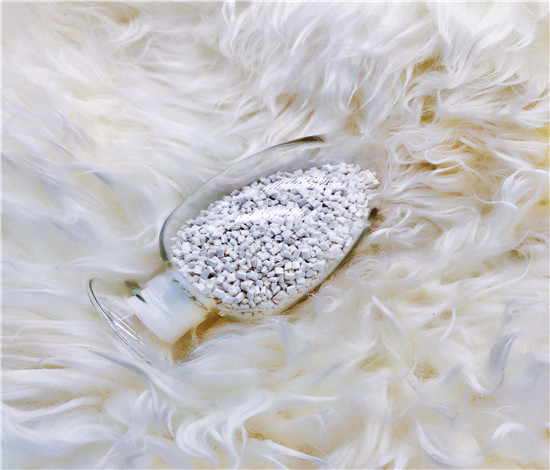Biodegradable 3D Printing Modified Materials
Several technologies such as annealing, adding nucleating agents, forming composites with fibers or nano-particles, chain extending and introducing crosslink structures have been used to enhance the mechanical properties of PLA polymers. Polylactic acid can be processed like most thermoplastics into fiber (for example, using conventional melt spinning processes) and film. PLA has similar mechanical propertiesto PETE polymer, but has a significantly lower maximum continuous use temperature. With high surface energy, PLA has easy printability which makes it widely used in 3-D printing. The tensile strength for 3-D printed PLA was previously determined.
PLA is used as a feedstock material in desktop fused filament fabrication 3D printers . PLA-printed solids can be encased in plaster-like moulding materials, then burned out in a furnace, so that the resulting void can be filled with molten metal. This is known as "lost PLA casting", a type of investment casting.
SPLA-3D Features
Stable molding
Smooth printing
Excellent mechanical properties
SPLA-3D Main Application Field
High toughness, high strength 3D printing modified material,
Low-cost, high-strength 3D printing modified materials
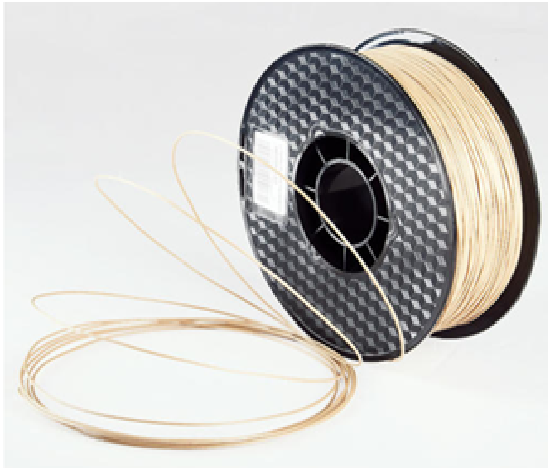
SPLA-3D Grades And Description
| Grade | Description |
| SPLA-3D101 | High-performance PLA. PLA accounts for more than 90%. Good printing effect andhigh intensity. The advantages are stable forming, smooth printing and excellentmechanical properties. |
| SPLA-3DC102 | PLA accounts for 50-70% and is mainly filled and toughened. The advantages arestable forming, smooth printing andexcellent mechanical properties. |


